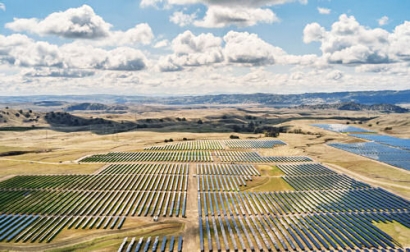
Apple is constructing one of the largest battery projects in the country, California Flats — an industry-leading, grid-scale energy storage project capable of storing 240 megawatt-hours of energy, enough to power over 7,000 homes for one day. This project supports the company’s 130-megawatt solar farm that provides all of its renewable energy in California, by storing excess energy generated during the day and deploying it when it is most needed.
“We are firmly committed to helping our suppliers become carbon neutral by 2030 and are thrilled that companies who’ve joined us span industries and countries around the world, including Germany, China, the U.S., India, and France,” said Lisa Jackson, Apple’s vice president for Environment, Policy, and Social Initiatives. “In a year like no other, Apple continued to work with a global network of colleagues, companies, and advocates to help make our environmental efforts and everything we do a force for good in people’s lives — and to work alongside the communities most impacted by climate change.”
Wind and solar power provide the most cost-effective new source of electricity to many parts of the world, but the intermittent nature of these technologies has presented an obstacle to widespread adoption. One solution to intermittency is energy storage, which can retain generated energy until it is needed. Apple is investing in utility-scale storage in California and research into new energy storage technologies, even as it builds upon distributed storage capabilities in Santa Clara Valley and through Apple Park’s microgrid.
Last July, the company unveiled its plan to become carbon neutral across its entire business, manufacturing supply chain, and product life cycle by 2030. Since that announcement, Apple has significantly increased the number of its suppliers that are transitioning to renewable energy. Apple is already carbon neutral today for its global corporate operations, and this new commitment means that by 2030, every Apple device sold will have net zero climate impact. The company recently shared new details about its $4.7 billion spend in Green Bonds to support environmental projects around the world.

